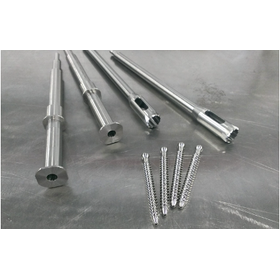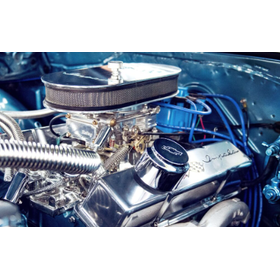Achieving high-precision photoresist etching! Introducing NISSHA's photolithography.
Our company responds to mass production with stable quality through a roll-to-roll manufacturing process that excels in processing accuracy and productivity. It is possible to form fine sensor patterns with high alignment accuracy. By combining roll transport technology, which has been cultivated over many years, with a photo-etching process, we achieve high throughput. Please feel free to contact us when you need our services. 【Specifications】 ■ Film materials: Various metals such as ITO, Cu, Ni, and their alloys ■ Base film: COP (ITO/Cu), PET (ITO, Cu alloys, etc.) ■ Effective exposure area: Max 500×600mm *Special specification maximum size: 500×1000mm ■ Line/Space: 10/10μm *For more details, please refer to the related links or feel free to contact us.
Inquire About This Product
basic information
**Photo Lithography Process** ■Lamination - Both single-sided and double-sided lamination are possible, tailored to meet needs. - High dimensional accuracy and warpage control are achieved through precise tension control. ■Exposure - Fine patterns are exposed using a photomask. - Positioning technology between the substrate and mask is pursued to achieve high positioning accuracy. ■Development, Etching, and Stripping - Quality improvement and cost reduction are achieved through automatic bath building and liquid management systems. ■Annealing - Films can be heat-treated cleanly and uniformly at high temperatures (possible temperature up to 190°C). - Processing is achieved while suppressing the oxidation of the product's metal components. *For more details, please refer to the related links or feel free to contact us.*
Price range
Delivery Time
Applications/Examples of results
For more details, please refer to the related links or feel free to contact us.
Company information
NISSHA has continuously expanded its core technologies by integrating printing technology, which it has cultivated since its founding, with elements such as coating, molding, and metal processing. This has enabled the diversification of products and target markets, as well as entry into global markets, thereby achieving an expansion of its business domain. The current core technologies consist of "printing," "coating," "lamination," "molding," "patterning," and "metal processing," and they continue to evolve and expand by incorporating new technologies and materials.





![[Analysis Case] Component Analysis of Food Wrap Film Surface](https://image.mono.ipros.com/public/product/image/379/2001514204/IPROS8370473251069535174.jpg?w=280&h=280)





